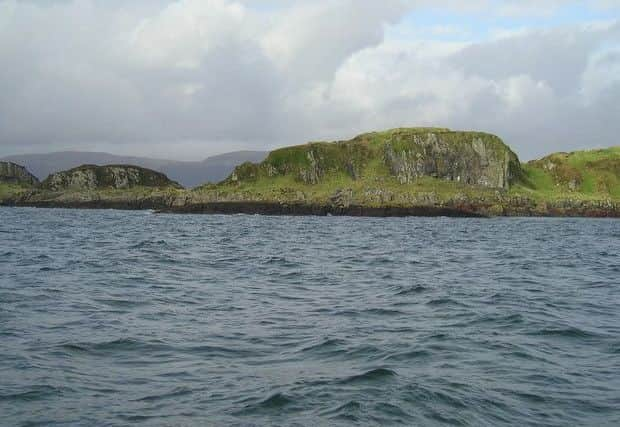Anger as illegal dredgers tear up protected seabed
Davy Stinson and Steve Barlow discovered a trail of smashed up shellfish, some of it still alive, and significant disturbance to the seabed during a recent dive in the Firth of Lorn. They returned to the same spot, near Insh island, a few days later to film the damage and report it.
Their findings come two years after special protection measures were introduced to safeguard rare marine life in the area, including a ban on bottom-trawling fishing methods.
Advertisement
Hide AdAdvertisement
Hide AdMr Stinson, who has been a diver for around 40 years, described the destruction as “heartbreaking”.


“What we saw two weeks ago was fresh. It has happened in the past couple of days. There was still meat inside the broken shells, some still alive.
“It’s heart-breaking. We had started to see significant signs of recovery after decades of dredging, not just of scallops but the wider ecosystem.
“Now we are back at ground zero. The seabed looks like the bottom of a quarry.
“It’s all the collateral damage to non-commercial species – nobody knows the full extent of harm that has been done.”


Local fishermen and conservationists believe the illegal dredging is just the latest example of what has become a worryingly regular activity.
They say tighter regulations should be introduced so no vessels can fish undetected.
Current rules require only boats over 12m in length must have electronic position reporting systems onboard.
Advertisement
Hide AdAdvertisement
Hide AdNick Underdown, from the environmental group Open Seas, accompanied the divers to see the damage for himself.
He says stricter controls would be good for the fishing industry and for consumers.
“We are extremely concerned that illegally caught scallops, dredged from a marine protected area, could be pooled into wholesale, sold to legitimate retailers, before ending up on dinner plates,” he said.
“This would mean customers are inadvertently eating seafood that has been caught illegally and in an environmentally damaging way.
“This problem is only possible because there is poor traceability within Scotland’s inshore fishery.
“Setting up a more adequate monitoring system to meet the sustainability demands of the market is essential. Illegal dredging has the potential to damage our reputation for high-quality, sustainable seafood and we hope the industry remains open to government measures to resolve the situation urgently.
“Until then, the majority of our responsible and low-impact fishermen are all being negatively affected by such damaging and illegal fishing.”
Loch Sunart to the Sound of Jura marine protected area (MPA) was designated in 2015 to conserve the local flapper skate population. In 2016, it became illegal to fish using towed gears in certain parts of the site.
Advertisement
Hide AdAdvertisement
Hide AdThe latest incident took place less than 12 months after a globally important flame shell reef was destroyed by a dredge boat fishing legally in Lochcarron, which prompted an emergency ban on trawling in the area.
A Scottish Government spokesman confirmed the latest claims are being investigated.
“We have received recent reports of suspected illegal dredging in the area,” he said.
“Marine Scotland Compliance are actively investigating the activities of a number of suspect vessels.”